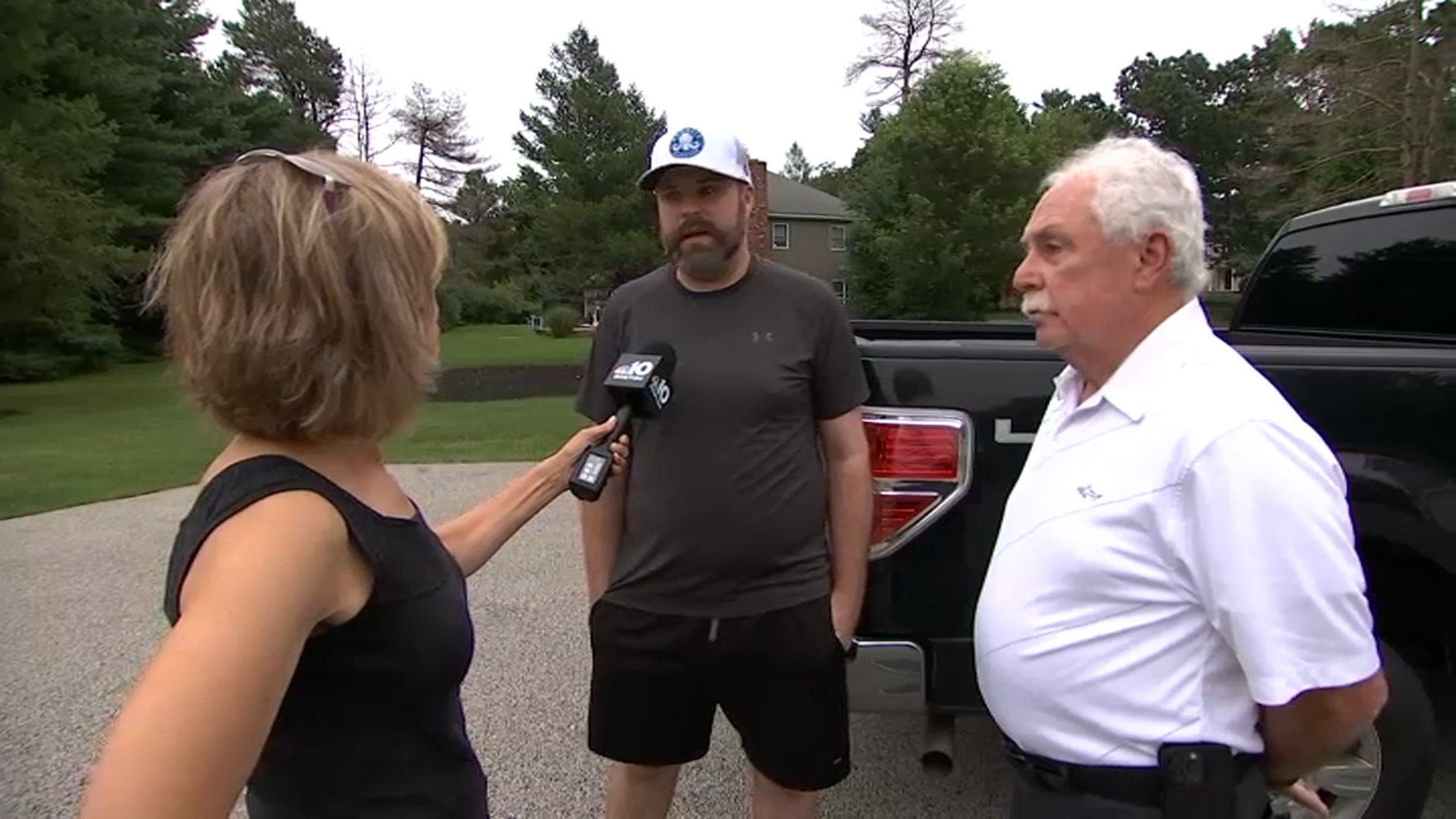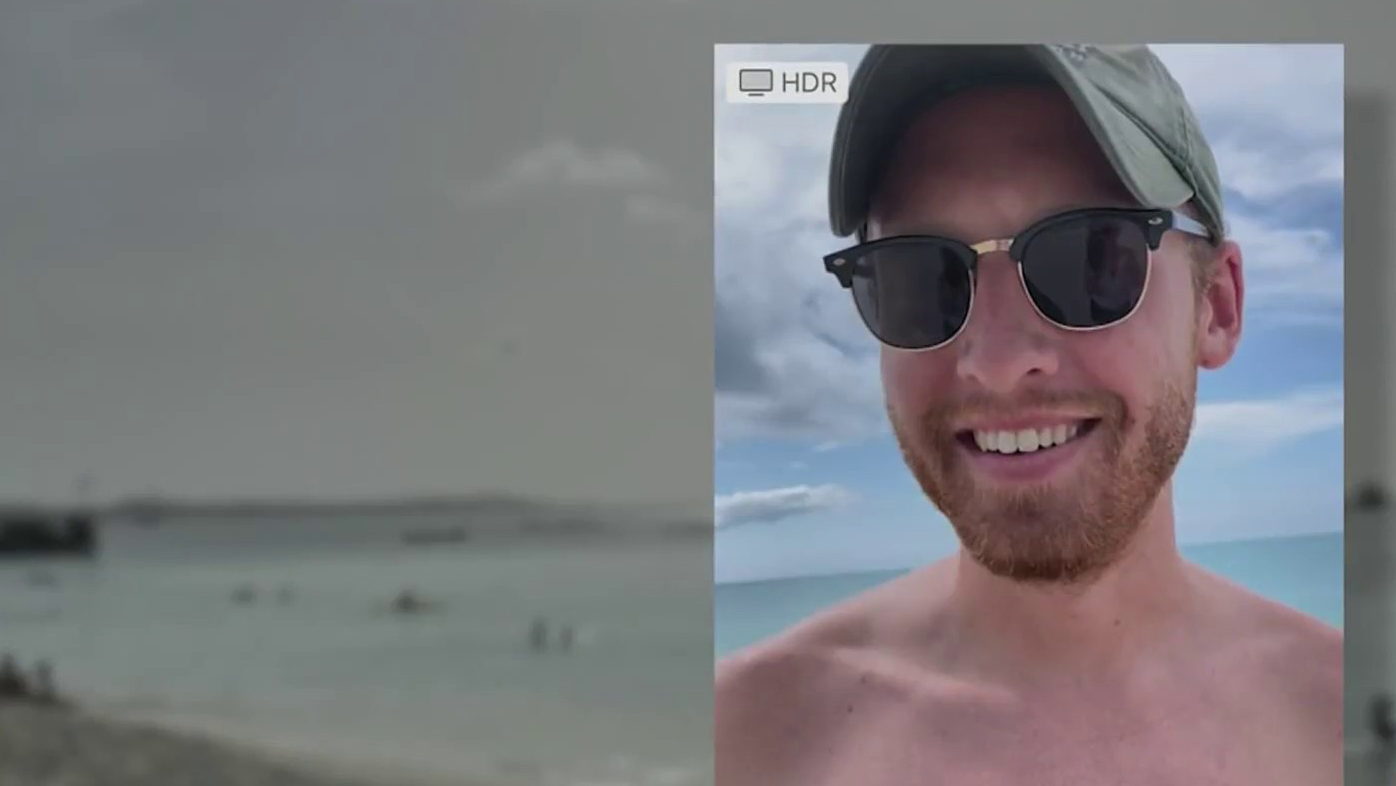Two longtime Provincetown Police detectives who worked the Lady of the Dunes murder case believe the case may have been solved years ago. For the first time, they’re speaking out about missteps in the investigation. They say key evidence was thrown away and contaminated and believe mistakes and roadblocks stalled the case and may have prevented a killer from being brought to justice.
The unidentified murder victim was finally identified in October 2022, 48 years after her body was discovered in the Race Point dunes of Provincetown, Massachusetts. Retired Provincetown Police Detective Meredith Lobur and retired Chief Warren Tobias were critical parts of the team who worked the Lady of the Dunes case doggedly throughout the decades.
“This is what police work is about. It’s about never giving up, it’s about putting the victim first. Whatever obstacles are put in your way, you continue to follow the evidence and you do justice and if it takes 48 years, we’ll bring your loved one home," Lobur told the NBC10 Investigators,
It was a brutal crime in the dunes on July 26, 1974. The victim’s head was nearly decapitated, her skull was crushed and her hands were cut off.
Get New England news, weather forecasts and entertainment stories to your inbox. Sign up for NECN newsletters.
“People were frightened, you know I mean murders just don’t happen in small towns like that on Cape Cod,” said Warren Tobias.
Lobur added, “It was in such sharp contrast with the beauty of the place and the openness and freedom and then to have this brutal homicide take place.”
Last year the FBI used genetic genealogy to finally give the Lady of the Dunes her true name, Ruth Marie Terry, and state police assigned to the Cape and Islands District Attorney’s Office determined her husband, Guy Muldavin, was the killer.
Investigations
But these former Ptown detectives believe this case may have been solved decades ago. Tobias says in the late 80’s when he went to pick up the victim’s clothing and other crime scene evidence being stored by State Police in Yarmouth to have it tested for DNA – he was told it had all been thrown away.
“I was in shock that they would do something like that."
Tobias said he was told they needed room in the locker where the evidence was stored, “they just got rid of the evidence to make room for something else.”
He believes that evidence may have helped identify Ruth Terry years ago and brought Muldavin, who died in 2002, to justice.
“Perhaps his DNA would have been on the jeans or the towel and it could have been solved or if he was alive and maybe could have gone to jail, who knows,” said Tobias.
Provincetown Police then had to exhume the victim’s body for DNA but according to emails obtained by the NBC10 Investigators, in 2013 they discovered the DNA collected and sent to the medical examiner had been contaminated. That led to another exhumation in May of 2013. This time evidence was taken directly to an outside lab at Mass Bay Community College run by Dr. Bruce Jackson for testing.
Jackson was a leading DNA expert and was already working on the case. Lobur said they wanted to get as clean a chain of evidence as possible with no risk of contamination.
“It was decided and approved by my supervisors, Chief Jaran and Lieutenant Golden, that we would do another exhumation directly with Dr. Jackson and his team and the samples would go directly back to Dr. Jackson’s lab."
Lobur said she kept the chief apprised of updates, told him what was need for the exhumation and he approved it.
“I discussed what was necessary in order to do the exhumation and get the samples and at that time it was a certificate from the Board of Health,” said Lobur.
Ten years later, after the case was solved, newly elected Cape and Islands District Attorney, Robert Galibois, launched an investigation into Lobur’s actions related to the exhumation. The investigation found Lobur didn’t have the authority for that exhumation and sent evidence to an unauthorized lab without notifying State Police. As a result, she was added to the so-called Brady List, a list of officers accused of misconduct.
Lobur said, “To come in and claim malfeasance or illegality or anything on my part is baffling to me, it’s a situation where I know I did nothing wrong."
This photo from that day shows Lobur’s supervisor, Jim Golden who is the current chief of the department, on site at the 2013 exhumation. “He was there during the entire exhumation and he was the one who directed the DPW workers at the cemetery on how to do it and how deep to re-bury the body,” said Lobur.
According to the District Attorney’s investigation, Golden told investigators he only stopped by the exhumation while on patrol. Some of Ruth Terry’s remains were found in a freezer at Dr. Jackson’s lab after his death in 2016. State Police and the Office of the Chief Medical Examiner should have been notified of the exhumation and involved in the handling of evidence. They also questioned the permitting process for the exhumation.
When asked about the exhumation process Lobur responded, “This was done professionally, it was done legally and it was done with again, probably the foremost geneticist in the world.”
She said all that was needed at the time was a permit from the town which was obtained. It can be seen, with Meredith Lobur’s name on it, in a video taken during the exhumation. The original permit that should be on file in town records appears to have been ripped out of the permit book and is missing. The NBC10 Investigators requested copies of the permits for all of the exhumations done in the case and were told no records exist.
Emails and reports show tension between State and Provincetown Police over jurisdiction and evidence throughout the years. In 2015, state police asked Provincetown Police to get the evidence back from Dr. Jackson’s lab. Provincetown Chief Jim Golden responded that the state police crime lab couldn’t do the type of DNA analysis needed and that the work by Provincetown Police to identify the victim “should be viewed as a good thing and not a territorial threat.”
Tobias said he exhumed the body also and knows the process involved. He never notified State Police or the District Attorney’s office.
“Honestly, if I was Meredith at that time, I’d have done the exact same thing, sometimes less is more,” said Tobias.
Lobur added, “This was done with the approval of my chief and the lieutenant who was in charge of the detectives. It was discussed at length with them. They signed off on it.”
We requested an interview with District Attorney Galibois but a spokesperson told us they don’t comment on Brady list matters. Provincetown officials also had no comment. Detective Lobur was never the subject of any internal affairs investigations during her career. She retired after being added to the Brady list.
Ruth Terry’s family thanked Detective Lobur for her hard work and for pushing the case forward when they came to Provincetown this spring. They also thanked State Police and all of the people in Provincetown who were involved.



